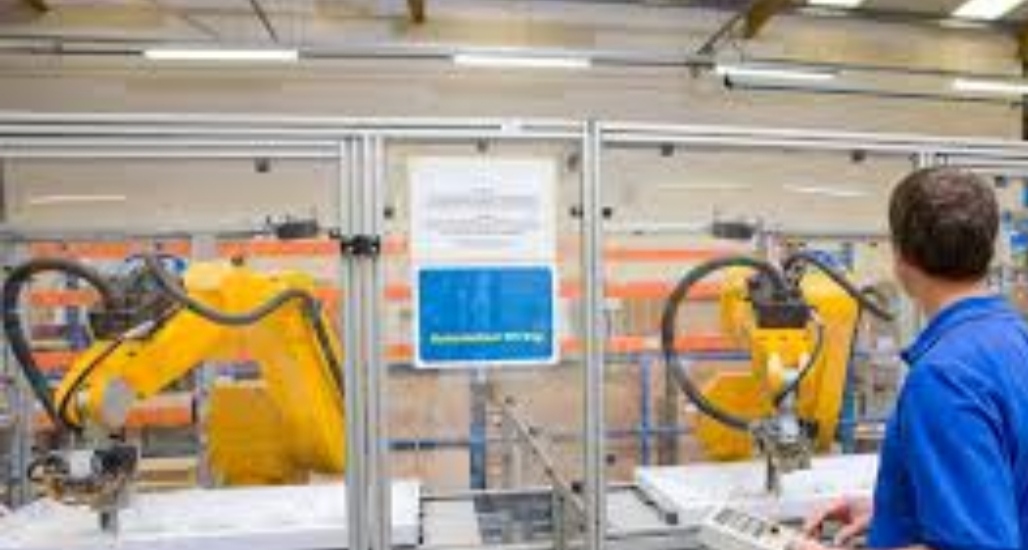How do startups and young companies contribute to job creation?
SUMMARY
Research suggests that startups and young companies are the main drivers of job growth in the U.S. economy. This report summarizes some of the major research findings on job creation by startups (i.e., firm births) and young companies, drawing largely from papers written by economists for the Kauffman Foundation. According to its website, the Kauffman Foundation is “a private, nonpartisan foundation that aims to foster economic independence by advancing educational achievement and entrepreneurial success.”
The research we reviewed suggests the following:
1. Startups are the primary driver of job growth in the U.S. economy, accounting for nearly all net job growth.
2. Firms age five or younger account for roughly two-thirds of net job growth among existing firms.
3. Young firms grow and fail at high rates, exhibiting an “up or out” dynamic.
4. Fast-growing firms account for a disproportionate share of net job creation, and these firms are mostly young.
5. Growing young companies partially make up for the jobs destroyed by young companies that exit the market.
NEW AND YOUNG FIRMS DRIVE JOB GROWTH
New Firms
Research shows that startups are the primary driver of job creation in the U.S. economy and account for nearly all net new jobs in a given year. According to Kauffman Foundation researchers Dan Stangler and Robert Litan, without a steady stream of startups (i.e., firm births) each year, there would be no net job growth in the U.S. economy (Where Will the Jobs Come From?, November 2009). As Figure 1 shows, job creation by startups has driven net job growth in nearly every year since 1977. However, this is not necessarily due to an inherent superiority of new firms. Instead, according to Kauffman Foundation researchers Stangler and Paul Kedrosky, it reflects the structural dynamics of the US economy. Specifically, it demonstrates that: (1) there is a more or less steady inflow of startups, (2) firm survival rates are relatively consistent from year to year, and (3) surviving firms create and destroy jobs at roughly the same rate, therefore cancelling each other out on a net basis (Neutralism and Entrepreneurship: The Structural Dynamics of Startups, Young Firms, and Job Creation, September 2010).




